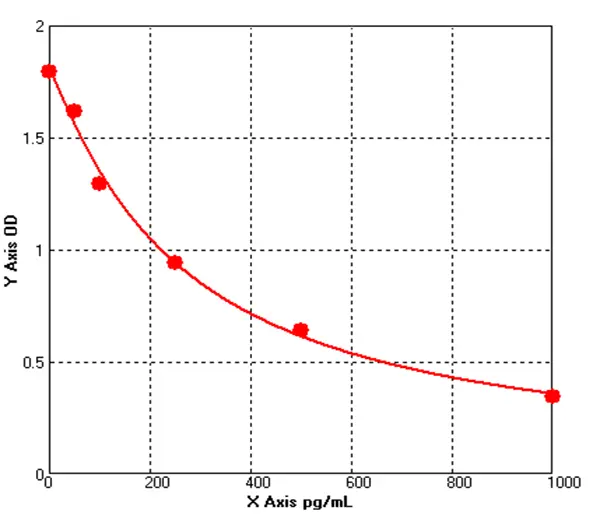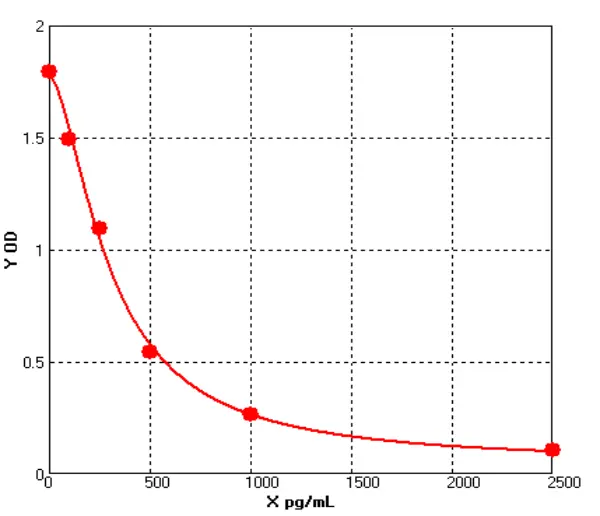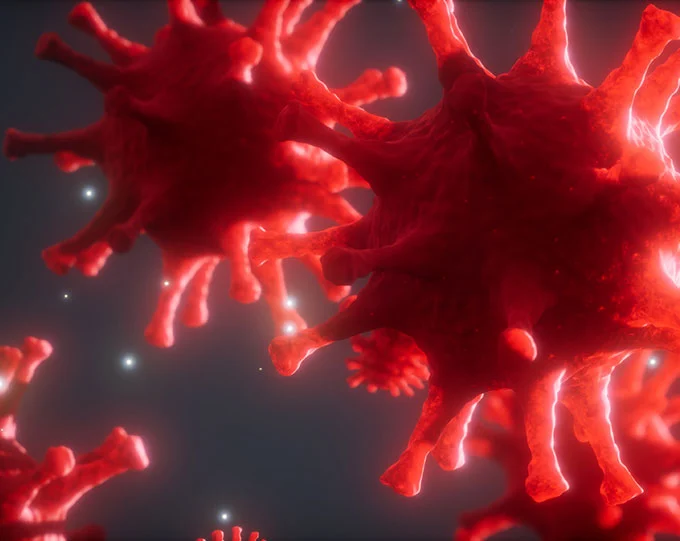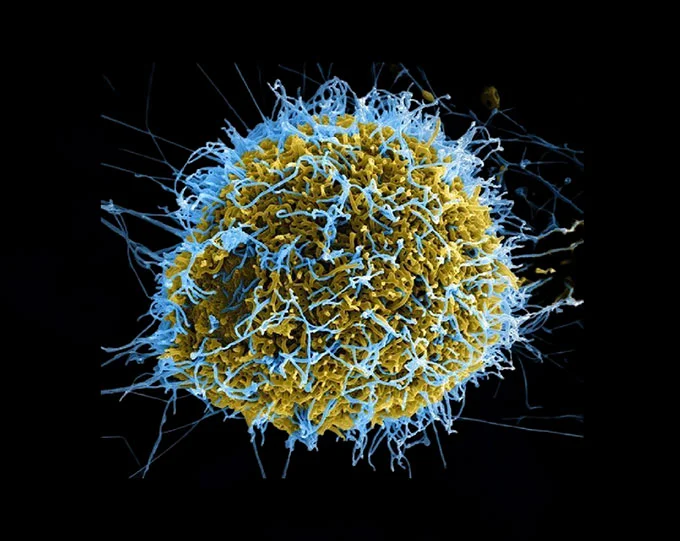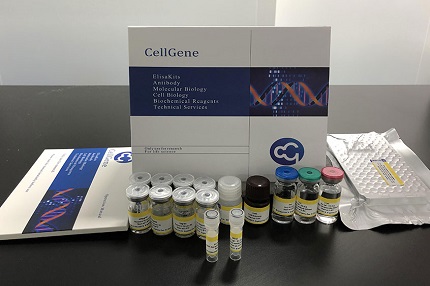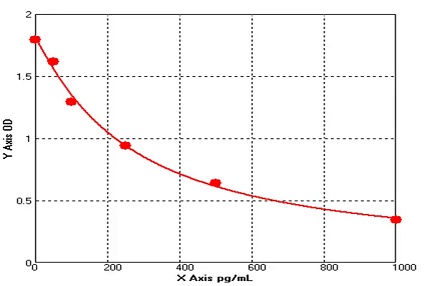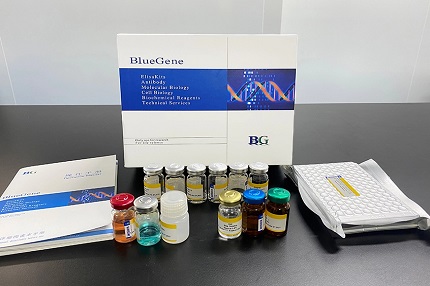- Host Cell Protein Detection Kits
- Host Cell DNA Residue Detection Kits
- Antibodies
- Recombinant Proteins
- ELISA Kits
- Cellular Component Protein Library
- Plasmids
- Promotions
-
Collagen 1 ELISA: Principle, Advantages, and Clinical Applications
The principle of the Collagen 1 ELISA is to use the enzyme-linked immunosorbent assay (ELISA) technology to quantitatively detect the ColⅠcontent in samples through a double-antibody sandwich method....
Apr.18, 2025Read More > -
Monitoring Chronic Diseases Using BFGF ELISA Kit
Chronic diseases pose a significant challenge to global health, often accompanied by long-term inflammation, tissue damage, and repair processes. In the study of these diseases, basic fibroblast growt...
Apr.16, 2025Read More > -
The Need for Methamphetamine Residue Detection
Methamphetamine, as a commonly abused drug, has seen increasing concern over its residue in food and pharmaceuticals. With the growing threat of drug abuse to public safety and health, regulatory agen...
Apr.14, 2025Read More >
BlueGene Biotech's Research For Cancer
In medicine, it is the most common type of malignant tumor, that is, malignant tumor originating from epithelial tissue. The etiology of cancer can be divided into exogenous and endogenous factors.
Biological Characteristics of Cancer
Cancer has many biological characteristics such as abnormal cell differentiation and proliferation, uncontrolled growth, invasion and metastasis, and others. Its occurrence is a complex process with multi-factor and multi-step, and it can be divided into three processes: carcinogenesis, promotion and evolution. It is closely related to smoking, infection, occupational exposure, environmental pollution, unreasonable diet and genetic factors. The etiology of malignant tumors is not fully understood.
Current Research for Cancer
At present, the relatively clear factors related to cancer can be divided into exogenous and endogenous. Exogenous factors include living habits, environmental pollution and occupation, natural and biological factors, chronic stimulation and trauma, and iatrogenic factors. Endogenous factors include genetic factors, immune factors and endocrine factors.

